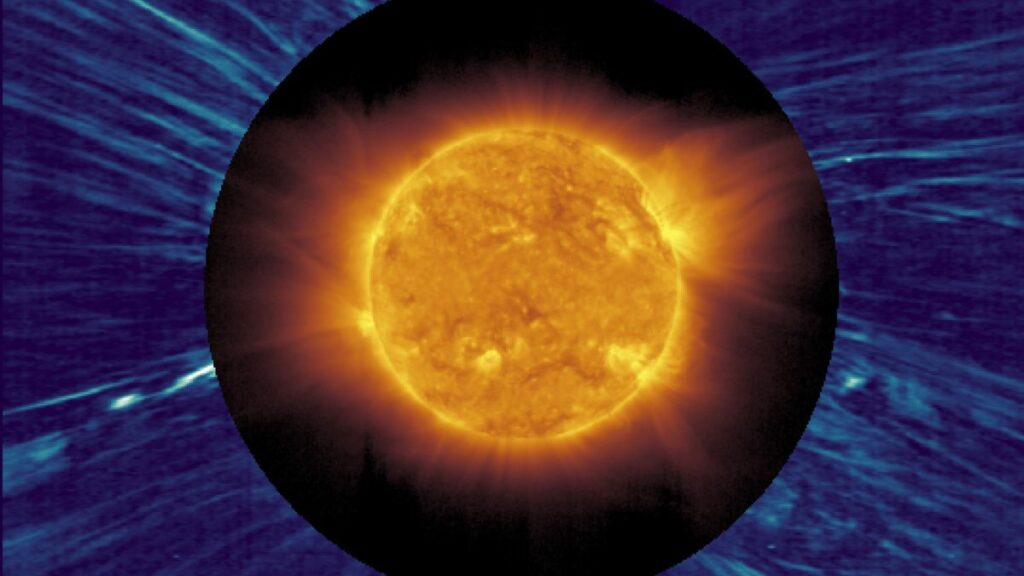The Solar Orbiter probe saw an S-shaped bend of plasma ejected from the surface of our luminary during a recent coronal mass ejection. According to experts, it indicates the switchback of the magnetic field over the sunspots.

Plasma bending observed by Solar Orbiter
The Solar Orbiter probe, which recently encountered a coronal mass ejection during the transit of Venus, made an amazing observation back in March during a similar event. On board is the METIS coronagraph, an instrument that blocks the solar disk, allowing to observe the prominences escaping from the surface of the luminary.
That’s what made it possible to see in the plasma that escaped from the Sun the S-shaped bend of the plasma ejected from the Sun. Part of it seemed to be falling back to the surface of the star. According to scientists, this may be the first evidence of switchback in the solar corona, when the magnetic field instantly changes its polarity.
It should be noted that Solar Orbiter is the first device that managed to study this phenomenon in detail. The rest of the devices are too far away for this, and the Parker Solar Probe, on the contrary, flies to the surface of the Sun at a distance of only a few million and no camera can withstand the conditions there.
Switching the magnetic field
METIS allows to get images of the solar corona at several wavelengths. And comparing these pictures with each other, scientists came to the conclusion that the switchback occurred directly above the sunspot.
This fits well with a model published some time ago by Gary Zank of the University of Alabama. He suggested that an instantaneous change in the polarity of the magnetic field is a common occurrence over sunspots. It is caused by the rupture of magnetic lines and their reconnection into a new combination.
According to the researchers, this process can not only slow down the plasma, but also accelerate it. That’s what is responsible for the phenomenon when the ejection that has already broken away from the Sun, some time ago, begins to gain additional speed.
According to www.space.com
Follow us on Twitter to get the most interesting space news in time
https://twitter.com/ust_magazine

